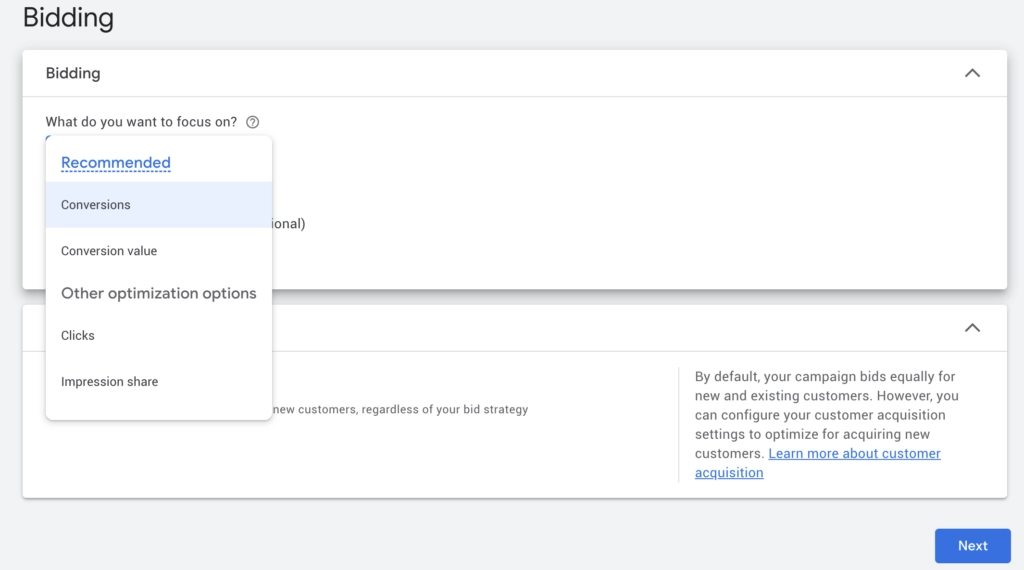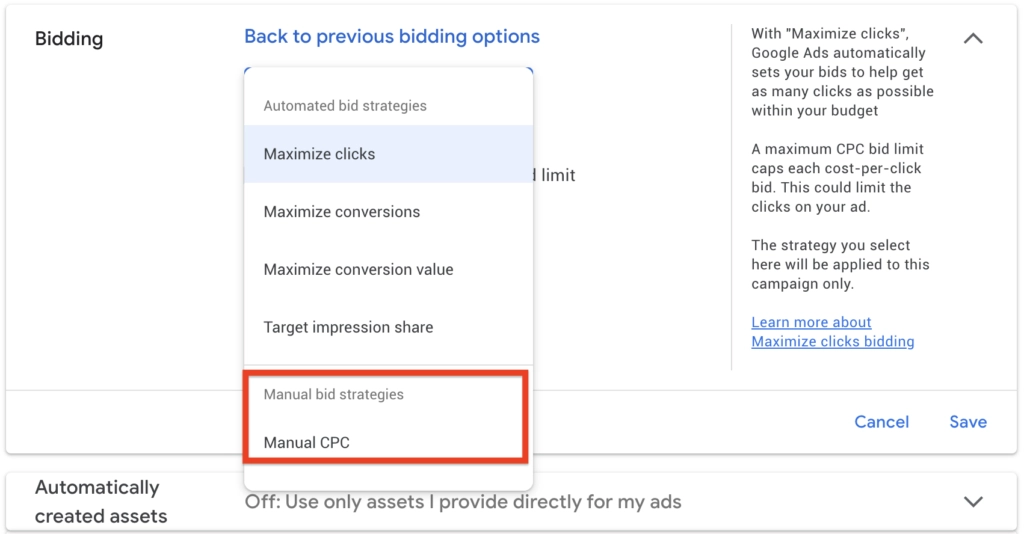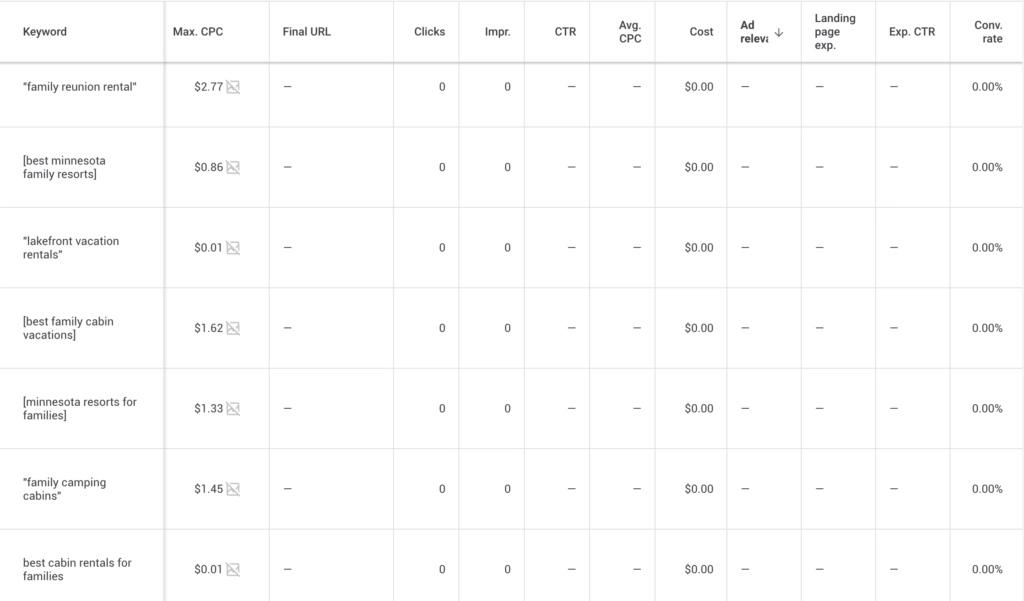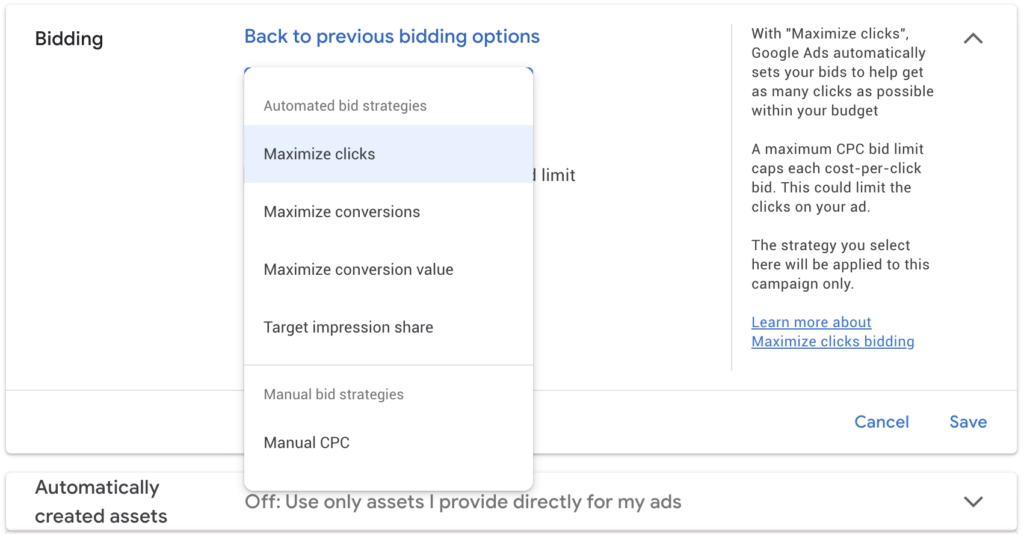Choosing Between Manual and Automated Bidding for Your PPC Campaigns
The Importance of Bidding Strategies in PPC Success
In the world of Pay-Per-Click (PPC) advertising, your bidding strategy is one of the most crucial decisions you can make. It determines not only how much you’re willing to pay per click but also the efficiency and performance of your entire campaign. For outdoor brands, the stakes are even higher—whether you’re promoting adventure tours or selling outdoor gear, competition can be fierce, and optimizing bids is essential to getting the most value from your marketing budget.
Outdoor brands, in particular, must take into account seasonal demand, fluctuating customer behavior, and the competitive nature of keywords tied to adventure activities or outdoor products. This makes choosing between manual bidding—which gives you more control over your bids—and automated bidding—which allows Google’s algorithms to optimize your bids based on performance data—an important consideration.

In this guide, we’ll break down when to use manual versus automated bidding, the pros and cons of each approach, and how to make the switch between the two depending on your campaign’s goals. We’ll also share insights from real-world campaigns, such as how a Costa Rica-based adventure company reduced their PPC costs by 60% by strategically managing their bidding approach.
By the end of this article, you’ll have a clear understanding of how to choose the best bidding strategy for your PPC campaigns, whether you’re just starting out with a small, focused campaign or scaling up to target a larger audience.
Manual Bidding: Pros, Cons, and Best Use Cases
When it comes to manual bidding, you’re in full control of how much you’re willing to pay for each click. For outdoor brands that target highly specific customer segments—whether it’s tourists looking for last-minute adventure bookings or outdoor enthusiasts in search of gear—manual bidding allows for precise control over which keywords get the most attention and budget.

Pros of Manual Bidding
- More Control: Manual bidding gives you the ability to adjust bids for individual keywords or audiences. This is especially important when testing new ad groups or when you need to focus on high-value keywords with higher conversion potential.
- Flexible Testing: With manual bidding, you can easily tweak bids to test different strategies and identify which combinations of keywords, audiences, and placements drive the most conversions at the lowest cost.
- Control Costs: If your campaigns are narrowly focused—such as promoting a single outdoor product or a specific adventure activity—you can use manual bidding to precisely control how much you’re spending on each click, ensuring your budget goes toward the most valuable traffic.
Cons of Manual Bidding
- Time-Consuming: One of the biggest drawbacks of manual bidding is that it requires ongoing monitoring and adjustments. Unlike automated bidding, which optimizes in real-time, manual bidding demands constant oversight to ensure you’re not overpaying for clicks or missing out on valuable opportunities.
- Risk of Overspending: Without Google’s machine learning to optimize bids dynamically, it’s easy to overspend on clicks that don’t lead to conversions, particularly if you’re not tracking performance closely.
- Less Scalable: As your campaigns grow, managing bids manually becomes more complex and time-intensive. For larger or cross-platform campaigns, manual bidding can become cumbersome and inefficient.

Best Use Cases for Manual Bidding
- Testing New Campaigns or Ad Groups: When launching a new campaign or testing a new set of keywords, manual bidding gives you control over how much to invest in each test, helping you gather data before scaling up with automated bidding.
- High-Value Keywords: If you have a few high-value keywords that drive most of your conversions (e.g., “Costa Rica rafting tours” or “best camping gear for summer”), manual bidding allows you to focus on those terms, ensuring you’re paying the right amount to maintain a competitive ad position.
- Small-Scale or Focused Campaigns: If you’re running a small, niche campaign—such as promoting a seasonal product or a limited-time offer—manual bidding can help you maintain control over your ad spend without the need for broad automation.
- New Accounts: When a PPC account is new, or hasn’t gathered enough historical data, it’s best to start with manual bidding. Automated bidding strategies like Target CPA or Maximize Conversions rely on conversion data to optimize effectively.
However, new accounts don’t have enough performance data for Google’s algorithm to understand what a successful conversion looks like. By using manual bidding, you maintain greater control over your budget and can gradually collect enough conversion data to later switch to automated strategies.
Manual bidding allows you to carefully allocate budget based on the keywords, audiences, or placements that show early promise. This step-by-step approach helps prevent overspending on underperforming keywords, allowing you to refine your strategy before moving to automated bidding.
Once your campaigns have gathered enough conversions (usually 30-50), you can then make a more informed decision to transition to automated bidding strategies like Maximize Conversions or Target CPA.
Automated Bidding: Pros, Cons, and Best Use Cases
As your campaigns grow and become more complex, automated bidding can help optimize performance without the need for constant manual adjustments.
Google’s automated bidding strategies use machine learning to adjust your bids in real-time based on past performance data, user behavior, and the likelihood of conversions.

This makes automated bidding a powerful tool for outdoor brands that need scalability and efficiency.
Pros of Automated Bidding
- Scalability: Automated bidding is ideal for larger or more complex campaigns where manually adjusting bids is time-consuming. It allows you to manage a large number of keywords and ads across multiple campaigns without sacrificing performance.
- Real-Time Optimization: Unlike manual bidding, which requires ongoing adjustments, automated bidding dynamically optimizes bids based on factors like device, location, and time of day. This means your bids are always adjusted to maximize conversions, even as market conditions change.
- Efficiency: Automated bidding strategies—such as Maximize Conversions, Target CPA (Cost Per Acquisition), or Target ROAS (Return on Ad Spend)—help you achieve specific goals without the need to constantly tweak bids. This makes it easier to focus on broader campaign strategies while Google’s algorithms handle the bidding process.
Cons of Automated Bidding
- Less Control: While automated bidding optimizes for conversions, it gives you less control over individual bids. For outdoor brands with specific goals—such as focusing on high-converting keywords—this can feel limiting, especially if the algorithm prioritizes traffic that doesn’t always match your business objectives.
- Requires Data to Optimize: Automated bidding strategies typically work best after your campaigns have collected a sufficient amount of conversion data. For example, Target CPA requires at least 30-50 conversions before it can effectively optimize for cost per acquisition. This means you might not see the full benefits of automation until your campaigns have been running for a while.
- Potential Over-Reliance on Algorithms: While automated bidding saves time, relying too heavily on the algorithm without reviewing performance can lead to missed opportunities for optimization. It’s essential to regularly check that the algorithm’s decisions align with your business goals.
Best Use Cases for Automated Bidding
- Scaling Successful Campaigns: Once you’ve tested and refined your campaigns with manual bidding, switching to automated bidding can help you scale without sacrificing performance. Maximize Conversions or Target ROAS are particularly effective for scaling campaigns with a large number of keywords or audience segments.
- Cross-Platform or Performance Max Campaigns: Automated bidding is especially useful for cross-platform campaigns—such as Performance Max or Demand Generation—where the goal is to optimize across various placements and devices. Outdoor brands running campaigns on both Google Search and Display Network can benefit from automation, as the algorithm adjusts bids based on where conversions are most likely to occur.
- High-Volume Campaigns: If your outdoor brand targets a large audience with multiple products or services, automated bidding is a more efficient way to manage bids across various keywords, ad groups, and locations.
Want to see how automated bidding can help you scale your PPC campaigns?
When to Switch Between Manual and Automated Bidding
Knowing when to switch between manual and automated bidding is essential for maximizing the effectiveness of your PPC campaigns. Each strategy has its strengths, and understanding when to make the shift can help you maintain control during testing phases and efficiently scale successful campaigns.
When to Use Manual Bidding
Manual bidding works best in situations where you need granular control over your ad spend and are still gathering data to determine what’s performing well. For outdoor brands launching new campaigns or targeting highly specific audiences, manual bidding allows you to set the pace and adjust your bids based on early performance results.
Key Indicators to Stick with Manual Bidding:
- Launching New Campaigns: If you’re testing new ad groups, keywords, or audience segments, manual bidding gives you precise control over where your budget is spent. This is especially useful for outdoor brands trying to gauge which activities (e.g., hiking tours or kayaking trips) drive the most engagement.
- Focusing on High-Value Keywords: When certain keywords are known to drive high-value conversions (such as “Costa Rica adventure tours”), manual bidding allows you to focus your budget on those keywords and adjust bids as needed.
- Limited Data Available: Automated bidding works best when Google’s algorithms have enough data to optimize for conversions. If your campaigns haven’t yet generated at least 30-50 conversions, it’s better to stick with manual bidding until more data is collected.
- New Account: For new accounts, manual bidding is often the best approach in the early stages. Automated bidding algorithms depend on having enough historical conversion data to optimize effectively, but new accounts lack this foundation.
Manual bidding gives you the control needed to test various keywords and audience segments without over-relying on machine learning that doesn’t yet have enough data to work with.
In these cases, it’s important to monitor performance closely, focusing on collecting conversion data through smaller, controlled budget allocations.
As your account accumulates conversions and you gain a better understanding of which keywords and audiences are driving results, you can begin exploring automated bidding options once there’s enough data for the system to make informed optimization decisions.
When to Switch to Automated Bidding
As your campaigns mature and gather enough data, switching to automated bidding can help you scale while maintaining efficiency. Automated bidding strategies like Maximize Conversions or Target ROAS are designed to optimize based on the historical performance of your campaigns, making them an ideal choice for growing your reach and increasing conversions without micromanaging each bid.
Key Indicators to Switch to Automated Bidding:
- Consistent Conversion Data: Once your campaigns have gathered sufficient conversion data (typically 30-50 conversions), it’s a good time to transition to automated bidding. This allows Google’s algorithms to use that data to optimize for more conversions or a specific CPA target.
- Need for Scalability: If you’re managing large or complex campaigns with multiple keywords, ad groups, and audiences, automated bidding helps scale without the need for constant adjustments. For outdoor brands with diverse offerings—such as gear sales and adventure tours—automated bidding can simplify the process while delivering strong results.
- Maximizing ROI: When you’re looking to optimize for specific metrics like CPA or ROAS, automated bidding strategies can help you reach those goals more effectively. For example, if your target CPA for an adventure booking is $50, Target CPA bidding will automatically adjust your bids to try to achieve that cost.
Case Study Example:
In the Costa Rica-based adventure company case study, we initially used manual bidding to test different keywords and ad groups. Once we had collected enough data to identify high-converting keywords and optimal audience segments, we transitioned to automated bidding—specifically Maximize Conversions—which allowed the campaign to scale efficiently while continuing to reduce costs and increase bookings. This switch led to a 60% increase in conversions and a significant improvement in ROI.
Wondering when to make the switch from manual to automated bidding?
Mastering Bidding for Outdoor Brands
Mastering your bidding strategy is essential for the long-term success of your PPC campaigns, especially in the competitive outdoor industry. Whether you’re an outdoor gear retailer or a tour operator, the ability to optimize bids based on campaign goals, audience behavior, and seasonal demand will directly impact your ability to maximize conversions while controlling costs.
Key Takeaways
- Manual Bidding for Control and Testing: Manual bidding is an excellent choice when you’re just starting out, testing new keywords or ad groups, or focusing on high-value terms. It gives you the flexibility to tweak bids and carefully manage your budget during the early stages of a campaign.
- Automated Bidding for Scalability and Efficiency: Once your campaigns have generated enough data, automated bidding allows you to scale without sacrificing performance. By leveraging strategies like Maximize Conversions or Target CPA, you can let Google’s algorithms optimize your bids for better conversions while focusing on your broader campaign strategy.
- Know When to Switch: Understanding when to switch from manual to automated bidding is key. Start with manual bidding to collect data, and once you’ve identified what works, transition to automated bidding to drive efficiency and scale your campaigns.
By fine-tuning your approach to bidding, you can drive the right traffic to your outdoor brand and ensure that your marketing dollars are spent efficiently. Whether you’re running small, focused campaigns or scaling across multiple platforms, mastering the balance between manual and automated bidding will help you achieve your business goals.

